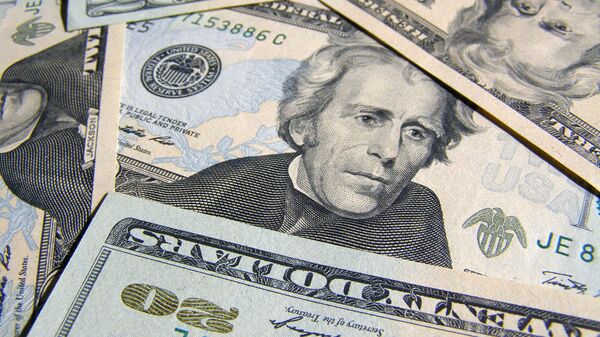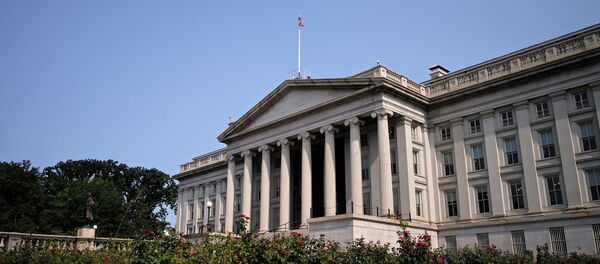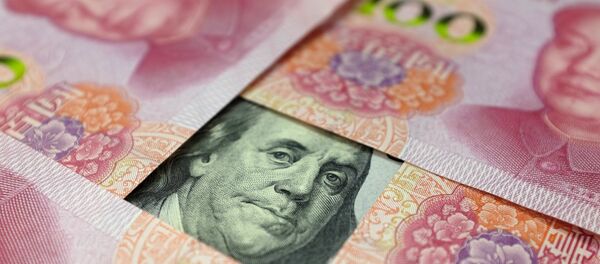Kristian Rouz — The US economy expanded slower than initially estimated in Q2 as a decline in business inventories turned out to be a more significant downside factor to business activity and broader growth. Emphasizing the weak performance of the economy in the first half of the year, the revision also undermines the case for a Fed hike in September, hinted at by the central bank chair Janet Yellen in her Jackson Hole speech on Friday. Moderate gains in US consumer spending during the period failed to offset the mounting macroeconomic pressures, stemming from faltering private sector activity.
According to a report by the Commerce Department, the US economy expanded 1.1% in 2Q16 compared to an earlier estimate of 1.2% growth. US trade deficit widened during the period, as a stronger dollar rendered imports cheaper on the domestic markets, thus reinforcing the claims that the unfavorable position the US's hold in global trade hurts their economic growth.
"The very slight downward revision to second-quarter GDP growth isn't too concerning, especially given that the more recent data point to a strong rebound in the third quarter," Steve Murphy of Toronto-based Capital Economics said.
Personal consumption accelerated, adding 2.94% in Q2 compared to an earlier estimate of 2.83%. Household consumption gained 4.4%, the most since late 2014. However, retail sales were weak in July, suggesting a possible slowdown in consumption in Q3 and therefore hardly supporting the Atlanta Federal Reserve's outlook on the 3Q16 growth acceleration to 3.4%.
"The only real area of strength was consumer spending," David Sloan of New York-based 4cast Inc. said.
Corporate earnings dropped an annualized 1.2% in Q2, profits declined 4.9 %. GOP presidential nominee Donald Trump immediately reacted, having said that the Obama administration and Hillary Clinton's foreign economic policies resulted in "the weakest so-called recovery since the Great Depression."
Meanwhile, the declines in governmental expenditures accelerated to 1.5% year-on-year in Q2, some 0.9% greater than previously expected. The squeeze in inventories is estimated at an annualized $12.4 bln in Q2, slashing 1.26% off the GDP figure.



